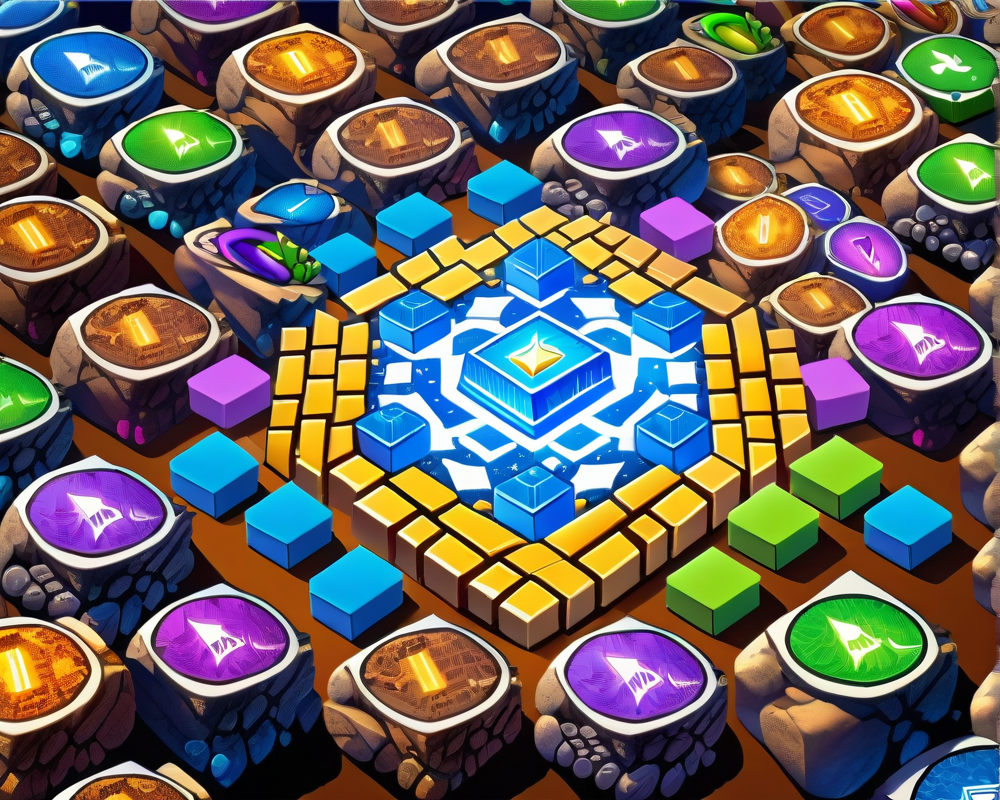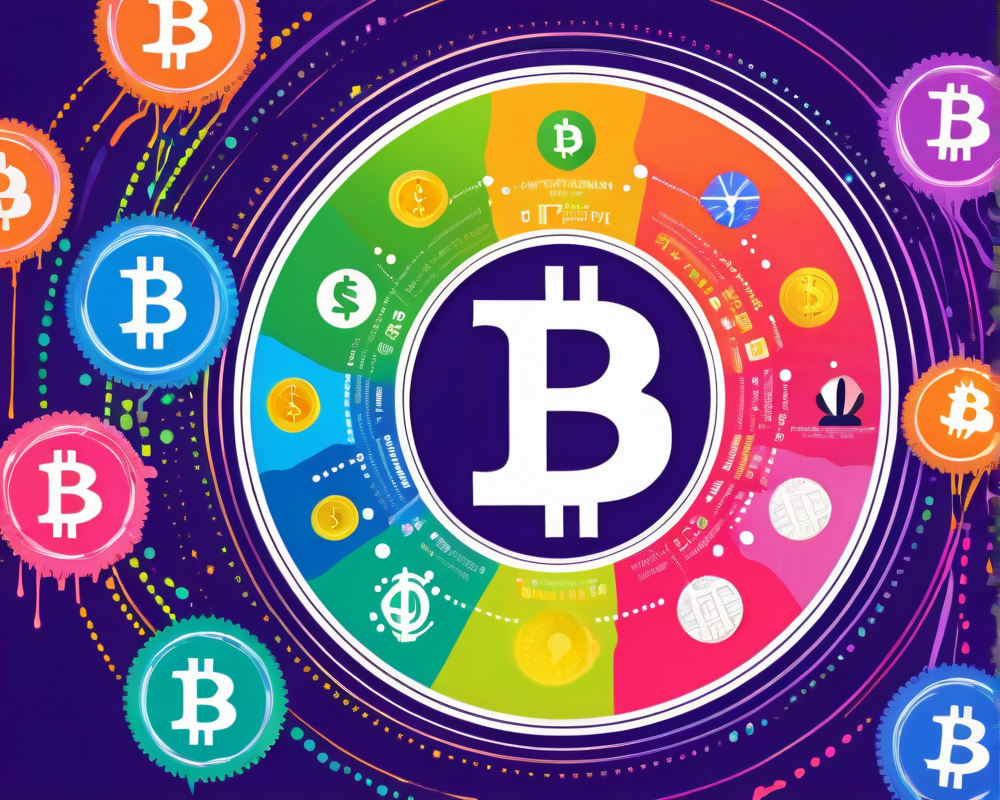Past Hype vs. Present Reality
Blockchain games started off as a shiny new toy, capturing the attention of tech-savvy gamers eager to explore new frontiers. However, the excitement often fizzled out faster than you can say “digital asset”. Illuvium, one of the most hyped crypto games, has seen its ILV token plunge by a staggering 97% since its debut in 2021. The lack of substantial updates from developers raised many eyebrows and questions.
Falling Short of Expectations
Despite its stunning graphics and promised immersive gameplay, Illuvium and many of its GameFi counterparts seem to miss the mark when it comes to user experience. It’s as if developers went on a treasure hunt for shiny bits of tech without ever stopping to check if the treasure maps were even accurate. Players found themselves waiting months for games that were rushed out, poorly designed, or simply uninspiring.
Game Design Challenges
Creating AAA games is no casual stroll in the park. It’s a complex, costly endeavor approved by top-tier publishers. The pitfalls of many blockchain games stem from a tendency to focus primarily on monetization rather than quality. This obsession with earnings often detracts from the joy of gameplay that keeps players engaged.
Pixelmon: A Case Study
Speaking of disappointing launches, let’s zero in on Pixelmon, a game marketed as a playful mix of Minecraft, Fortnite, and Pokémon. It raised $70 million from eager NFT buyers, only to deliver characters that looked like they’d been pulled from a bargain bin of Unity models. It left gamers feeling like they were the unseen, unthrilled audience of a bad magic trick.
The Tokenomics Trap
Illuvium’s allocation of its ILV tokens raises a red flag: while 45% is designated for team and investors, a meager 10% is earmarked for game rewards. One can’t help but wonder: does this setup prioritize player engagement or investor profits? The looming threat of early token sales before the game even launches is like watching a clock tick down to midnight on New Year’s Eve—but instead of confetti, it rains unmotivated players.
Pitfalls of High Entry Costs
The barriers for new players are steep in blockchain gaming, often costing a pretty penny to start. As exciting as monetary returns can be, the prospect of waiting forever to cash in taints what could be a joyful gaming experience. It’s like waiting in line for a roller coaster, only to find out it was poorly constructed and goes nowhere.
Conclusion: A Fork in the Road
At present, the blockchain gaming landscape feels a bit like a lavish debutante ball gone awry: dressed to the nines but lacking in actual substance. With buzz surrounding tokens and NFTs temporarily glossing over fundamental issues, the future remains uncertain. Are there enough passionate gamers to breathe life into titles that promise so much but deliver so little? Only time will tell if the blockchain gaming community can pivot from its token-centric approach to a player-first philosophy.




